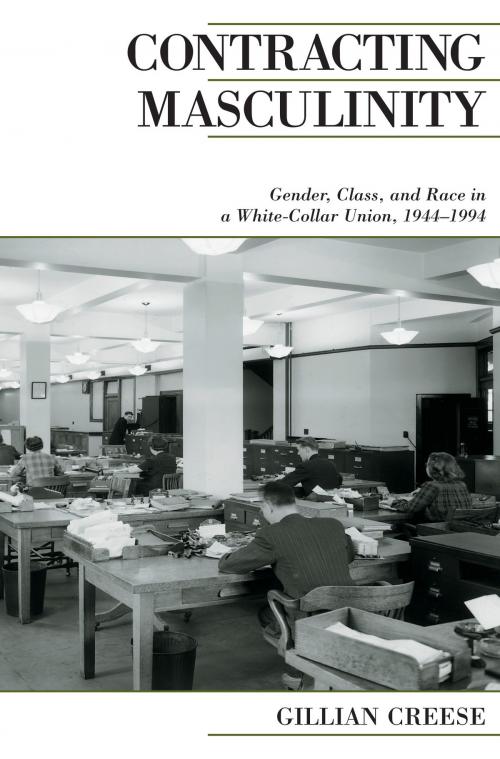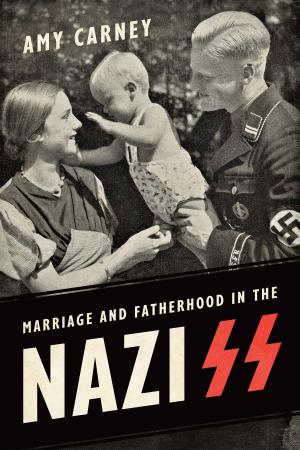Contracting Masculinity
Gender, Class, and Race in a White-Collar Union, 1944-1994
Nonfiction, History, Canada, Social & Cultural Studies, Social Science, Gender Studies, Women&| Author: | Gillian Creese | ISBN: | 9781442655287 |
| Publisher: | University of Toronto Press, Scholarly Publishing Division | Publication: | December 15, 1999 |
| Imprint: | Language: | English |
| Author: | Gillian Creese |
| ISBN: | 9781442655287 |
| Publisher: | University of Toronto Press, Scholarly Publishing Division |
| Publication: | December 15, 1999 |
| Imprint: | |
| Language: | English |
The history of labour in Canada is most often understood to mean – and presented as – the history of blue-collar workers, especially men. And it is a story of union solidarity to gain wages, rights, and the like from employers. In Contracting Masculinity, Gillian Creese examines in depth the white-collar office workers union at BC Hydro, and shows how collective bargaining involves the negotiation of gender, class, and race.
Over the first 50 years of the office union's existence male and female members were approximately equal in number. Yet equality has ended there. Women are concentrated at the lower rungs of the job hierarchy, while men start higher up the ladder and enjoy more job mobility; men's office work has been redefined as a wide range of 'technical' jobs, while women's work has been concentrated in a narrow range of 'clerical' positions. As well, for decades Canadian Aboriginals and people of colour were not employed by BC Hydro, which has resulted in a racialized-gendered workplace.
What is the role of workers and their trade unions in constructing male and female work, a process that is often seen as the outcome solely of management decisions? How is this process of gendering also racialized, so that women and men of different race and ethnicity are differentiallv privileged at work? How do males in a white-collar union create and maintain their own image of masculinity in the face of a feminized occupation and a more militant male blue-collar union housed within the same corporation? What impact does the gender composition of union leadership have on collective bargaining? How do traditions of union solidarity affect attempts to bargain for greater equity in the office? These are the central questions that Contracting Masculinity seeks to answer in this in-depth look at a Canadian union.
The history of labour in Canada is most often understood to mean – and presented as – the history of blue-collar workers, especially men. And it is a story of union solidarity to gain wages, rights, and the like from employers. In Contracting Masculinity, Gillian Creese examines in depth the white-collar office workers union at BC Hydro, and shows how collective bargaining involves the negotiation of gender, class, and race.
Over the first 50 years of the office union's existence male and female members were approximately equal in number. Yet equality has ended there. Women are concentrated at the lower rungs of the job hierarchy, while men start higher up the ladder and enjoy more job mobility; men's office work has been redefined as a wide range of 'technical' jobs, while women's work has been concentrated in a narrow range of 'clerical' positions. As well, for decades Canadian Aboriginals and people of colour were not employed by BC Hydro, which has resulted in a racialized-gendered workplace.
What is the role of workers and their trade unions in constructing male and female work, a process that is often seen as the outcome solely of management decisions? How is this process of gendering also racialized, so that women and men of different race and ethnicity are differentiallv privileged at work? How do males in a white-collar union create and maintain their own image of masculinity in the face of a feminized occupation and a more militant male blue-collar union housed within the same corporation? What impact does the gender composition of union leadership have on collective bargaining? How do traditions of union solidarity affect attempts to bargain for greater equity in the office? These are the central questions that Contracting Masculinity seeks to answer in this in-depth look at a Canadian union.















